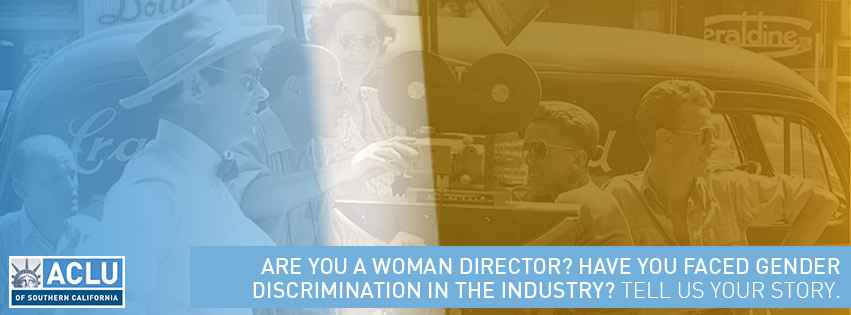It’s award season in Hollywood, and on top of the nominations buzz, you typically see an uptick in people noticing the stark gender disparities in film.
For the past five years, only about 30 percent of character actors on the big screen have been women. But behind the camera, the gap has been significantly wider.
A recent report found that women accounted for only sixteen percent of all directors, producers, writers, cinematographers and editors working on last year’s top 250 grossing films.
The disparities in directing are particularly pronounced. In feature film directing, only six percent of directors working on the top 250 films of 2013 were women, a three percent decrease from 2012.
Television is bad, too. According to the Directors Guild of America (DGA), women directed only 14 percent of TV episodes last year. Of the 200 shows the DGA analyzed, 38 didn’t hire a single woman. And things for women of color are especially dismal – women of color directed only two percent of TV episodes last year.
Some women directors have, deservedly, found great success in film and TV directing. But since a lawsuit in the 1980s that led to an agreement between the DGA and studios to improve hiring of women and people of color, the numbers of working women directors have declined.
In other words, the numbers continue to tell a story of persistent discrimination and exclusion of women directors. Disparities this stark get our attention. The ACLU has a long history of defending the rights of content creators in television, film and the arts. At the same time, we advocate for gender equity, particularly in job sectors traditionally dominated by men.
Gender bias – like all forms of bias – is complex and hard to dismantle, but the statistics alone strongly suggest that more action is needed in the industry. The DGA says it is working to address the problem and reportedly has new diversity agreements with the studios that strengthen enforcement and require improved programs to help women and people of color break into directing work. No doubt truly effective diversity programs and real enforcement of these agreements (and employers’ legal obligation not to engage in sex discrimination) would make a real difference.
But real change often requires making problems more visible, human and clear: to translate cold statistics into human stories so that talk turns to action. Many brave women in Hollywood are speaking up about their experiences. The blogosphere suggests that women directors are increasingly mobilized. Blogs like Melissa Silverstein’s provide a steady stream of stories about women filmmakers and their experiences.
If you are a woman director who has been discriminated against, excluded from directing jobs in television or get less TV work than your male peers, we’d love to hear from you. Tell us your story.
Cross-posted from the Huffington Post; Melissa Goodman is senior staff attorney at the ACLU of Southern California. Follow her on Twitter.

